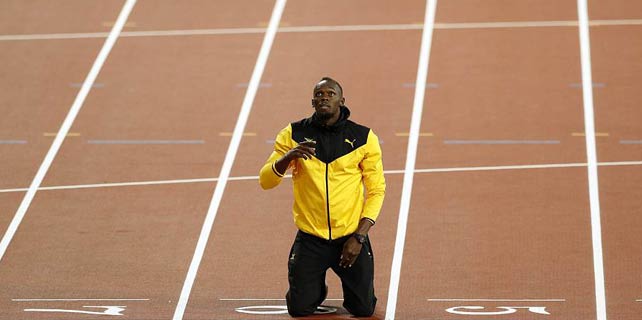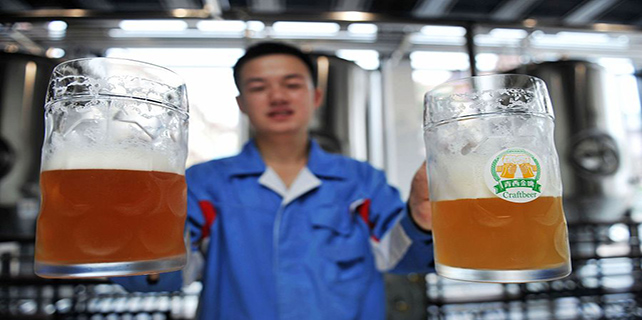Trump directs USTR to examine China's IP practices
WASHINGTON - US President Donald Trump on Monday directed the US trade representative (USTR) Robert Lighthizer to examine the so-called China's intellectual property practices, despite worries about potential harms to China-US trade ties.
"Ambassador Lighthizer, you are empowered to consider all available options at your disposal," Trump said at the White House before signing an executive memorandum authorizing Lighthizer to examine the issue.
The USTR will determine "whether to investigate any of China's laws, policies, practices, or actions" that "may be harming American intellectual property rights, innovation or technology development" under Section 301 of the Trade Act of 1974, according to the memorandum released by the White House.
If Lighthizer decides to go ahead with an investigation, the United States would first consult with China and the investigation process could take as long as a year, senior administration officials told reporters on Saturday.
"This will be one of USTR' s highest priorities, and we will report back to the president as soon as possible," Lighthizer said Monday in a statement.
While it's not clear whether or when Lighthizer would launch Section 301 investigation into alleged China's IP practices, the move has raised grave concerns about potential bigger trade conflict between the two largest economies of the world.
China has urged the United States to objectively evaluate China's progress in protection of intellectual property rights (IPR) and resolve the differences with China through dialogue and consultation.
"With the increasingly interwoven interests between China and the United States, a trade war will lead nowhere and neither side will win," Chinese Foreign Ministry spokesperson Hua Chunying said Monday at a regular news briefing.
China has always attached importance to protecting IPR by formulating laws and regulations, cracking down on violations and raising public awareness of IPR, Hua said.
Section 301, once heavily used in the 1980s and the early 1990s, allows the US president to unilaterally impose tariffs or other trade restrictions against foreign countries. But the United States has rarely used the trade tool since the WTO came into being in 1995.
"It became no longer necessary really for the United States that they have to use that law, because now we have an effective dispute settlement system under the WTO," Chad Bown, a senior fellow at the Washington-D.C. based Peterson Institute for International Economics, told Xinhua in a recent interview.
Meanwhile, "the legal timeline of the process under Section 301" doesn't work well with the rules of the WTO, said Bown, who previously worked as a senior economist in the White House Council of Economic Advisers and the World Bank.
"A decision to trigger Section 301 today is problematic because it would provide additional fuel to the already simmering argument that the Trump administration is undoing the American commitment to rules-based trade and decades of work to establish international cooperation," he said.
Michael Froman, former USTR under the Obama administration, has warned that the United States could face retaliation by other trading partners, if the Trump administration moves away from resolving trade disputes through the WTO and instead starts taking unilateral actions.
"We urge the two governments to work together to resolve these concerns," Myron Brilliant, executive vice president of US Chamber of Commerce, said in a statement, noting that "the US-China relationship is a critical one for the United States, China and the World."






















